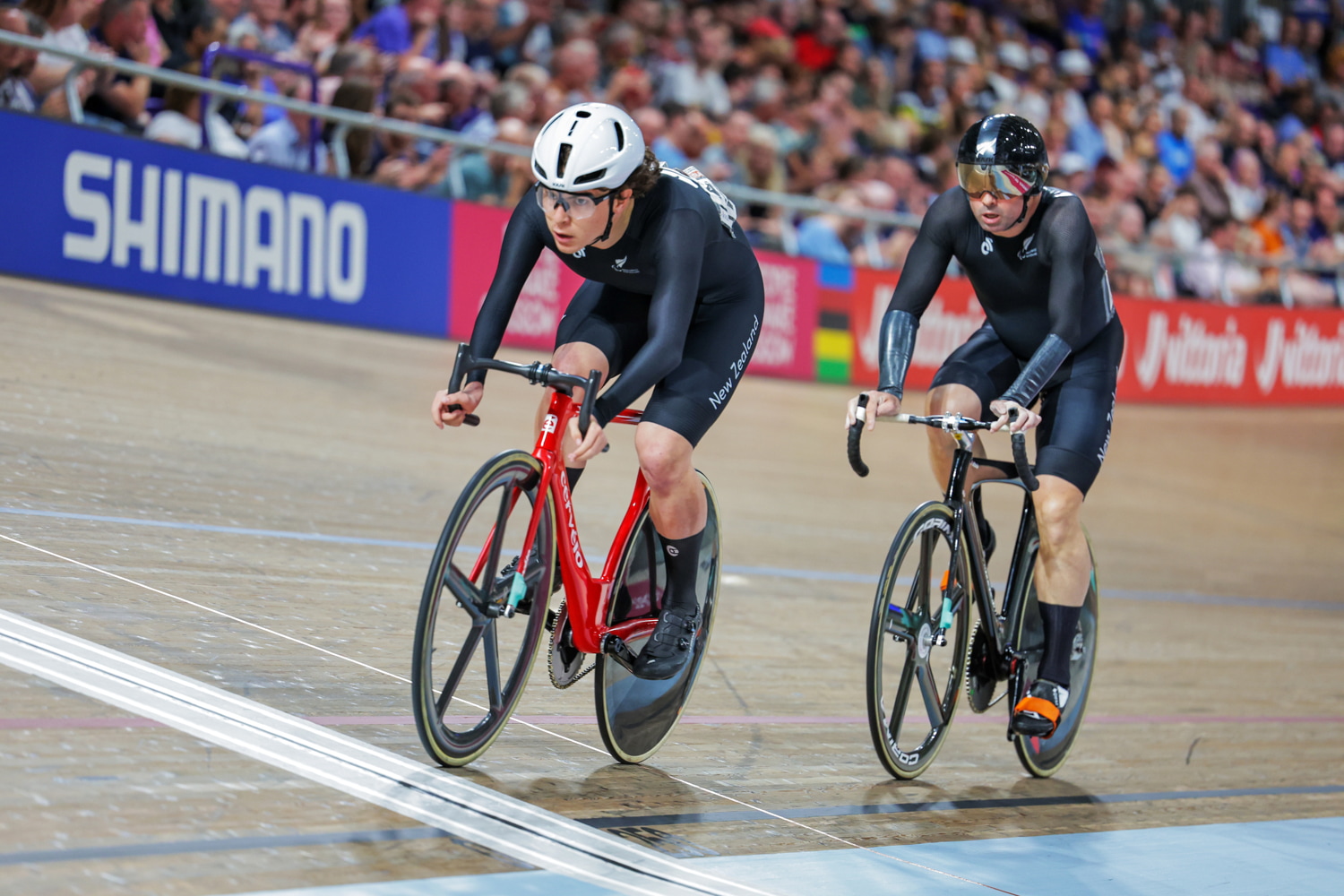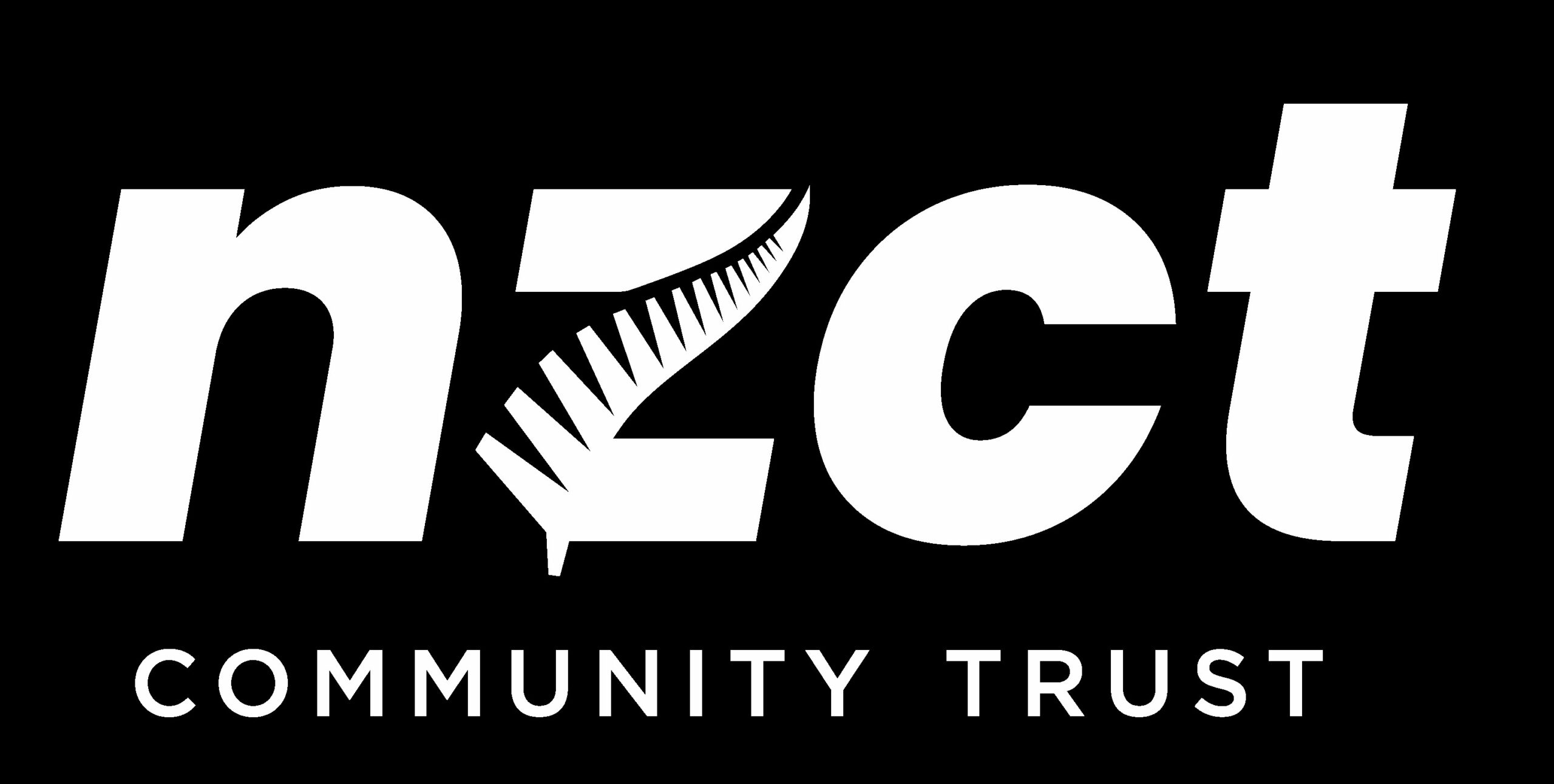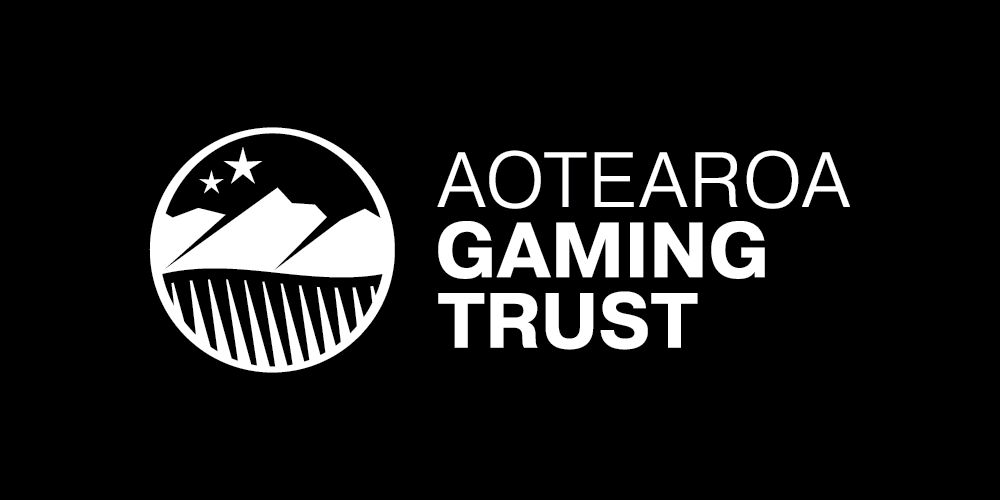Key points
- 5 Para cyclists will represent Aotearoa at the 2024 Rio World Championships for track Para cycling.
- The event takes place in Rio de Janeiro from 20-24 March, and is a key opportunity for Para cycling teams to earn slots for their country at the Paralympic Games.
- Paralympians Nicole Murray and Anna Taylor will look to defend their Omnium world titles.
Meet the team
Youth and experience mark the team of five C-class cyclists who will represent Aotearoa in the Para Cycling Track World Championships in Rio de Janeiro next month. Named to the team are:
- Paralympian #222 Nicole Murray (C5)
- Paralympian #225 Anna Taylor (C4)
- Para athlete Nick Blincoe (C4)
- Para athlete Devon Briggs (C3)
- Para athlete Ben Westenberg (C4)
What to watch out for
Much attention will be focused on reigning Omnium World Champions Nicole Murray and Anna Taylor, following potent performances in Glasgow 2023. Murray was also named the world’s best Female Summer Athlete in the 2023 PARA SPORT Awards, making her the C5 cyclist to beat.
Tauranga teen Ben Westenberg will look to build on his spectacular 2023 World Championships debut, where he claimed a silver and a bronze medal. At 18 years old, the talented Para athlete is studying Industrial Design at Waikato University. He was born with the rare condition of arthrogryposis. This restricts strength and movement in his both upper limbs, making holding onto handlebars a challenge.
Teammate Devon Briggs turned 20 in January. Briggs has wowed supporters with his dramatic entrance onto the world stage, claiming 6 medals across 2022 and 2023 World Championships. With Paris 2024 firmly in his sights after being 13 days too young to compete in Tokyo 2020, Briggs has big goals for Rio.
Cambridge Para cyclist Nick Blincoe will be excited to show his capabilities in Rio. Nick narrowly missed selection for Rio 2016 and Tokyo 2020 Paralympic Games. Blincoe is a veteran of multiple Para Cycling World Championships, competing in the C4 class. He grew up in competitive sport representing New Zealand in U19 rugby before injury led to left arm paralysis.
Expect fierce competition
Coach Damian Wiseman is excited about the potential at the Rio World Championships:
“It’s a Paralympic year, everyone will bring their A-game. We have been training well through the NZ summer and this will give us a good gauge on where we sit relative to the rest of the world as we move towards Paris 2024.”
He continues:
“All the riders will compete in the Omnium – that’s made up of four other races, three of which are medal events in their own right. It will be a fun, fast, intense 4 days of racing for the team, which is great preparation for the Paralympics.”
Paralympics New Zealand will share results and details of how to follow the action soon.
What do the classifications mean in Para cycling?
Classification groups Para cyclists with an eligible impairment into sports classes, according to how much their impairment affects their ability to carry out the fundamental activities in their sport.
- Para athletes who are able to use a standard bicycle (with approved adaptations) compete in the five sport classes C1-5. Athletes with the most severe activity limitation are in sports class C1. Sport class C5 is allocated to athletes with minimum impairments. The C1-5 sport classes include athletes with limb deficiency, impaired muscle power or range of motion and impairments affecting co-ordination. These include uncoordinated movements and involuntary movements.
- Para cyclists who have a visual impairment race on a tandem bicycle with a sighted cyclist (pilot) at the front. They cycle in the sports class B. This class will include athletes with a range of visual impairment from a low visual acuity (less than 6/60) and/or a visual field of less than 20 degrees through to athletes with no vision.
- Para athletes who ride a tricycle are unable to ride a two-wheeled bicycle safely due to impairment affecting their balance and coordination. T1 and T2 are the two tricycle classes. The sport class T1 is allocated to athletes with more significant balance and co-ordination impairments and problems controlling movements than athletes competing in sport class T2.
- There are five sport classes for handcycle racing. Lower numbers indicate a more severe activity limitation. Para athletes competing in the H1 classes have complete loss of trunk and leg function and limited arm function, e.g. as a result of a spinal cord injury. Para athletes in the H4 class have limited or no leg function, but good trunk and arm function. Para cyclists in sport classes H1 – 4 compete in a reclined position. Para cyclists in the H5 sport class sit on their knees. This is because they are able to use their arms and trunk to accelerate the handcycle. Para athletes in this sport class might thus have leg amputations, paraplegia or mild to moderate involuntary and uncoordinated movements.



























